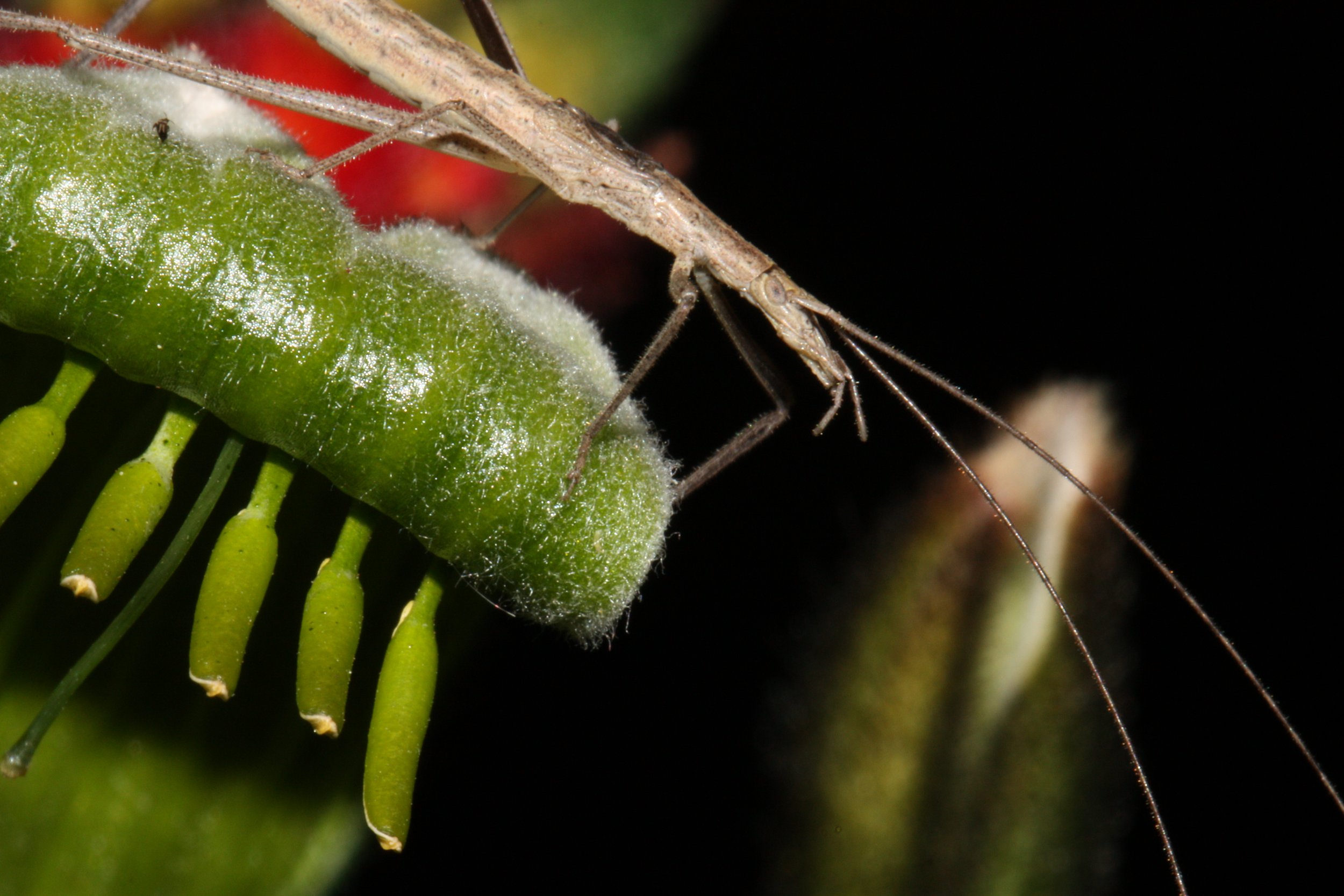How microevolution influences macroevolution
One of the unsolved mysteries of evolutionary biology is how garden-variety genetic and phenotypic variability contributing to adaptive evolution within species does, or does not, contribute to diversification and speciation. We are studying this a few different ways. First, sexual selection within species has been extensively tested as a cause of reproductive barrier formation contributing to new species – but rarely at the genomic level. With chromosome-contiguous genome assemblies, reduced-representation sequencing, whole-genome resequencing, and transcriptomics we are testing how loci associated with intraspecific sexual selection on chemical and acoustic communication traits contribute to interspecific mating barriers and reinforcement in Australian Teleogryllus species. The other approach in collaboration with Tony Robillard uses Teleogryllus oceanicus to identify loci associated with wing venation – the configuration of which relates to signal properties in crickets – and transposes this to interspecific comparisons using a unique clade of Eneopterine crickets that show a range of wing and associated signal types. In T. oceanicus, we found that song loss released cryptic variation for wing venation and is associated with signal character shifts. Identifying the loci underlying such signal shifts will enable us to test their role in macroevolutionary patterns of diversification.








